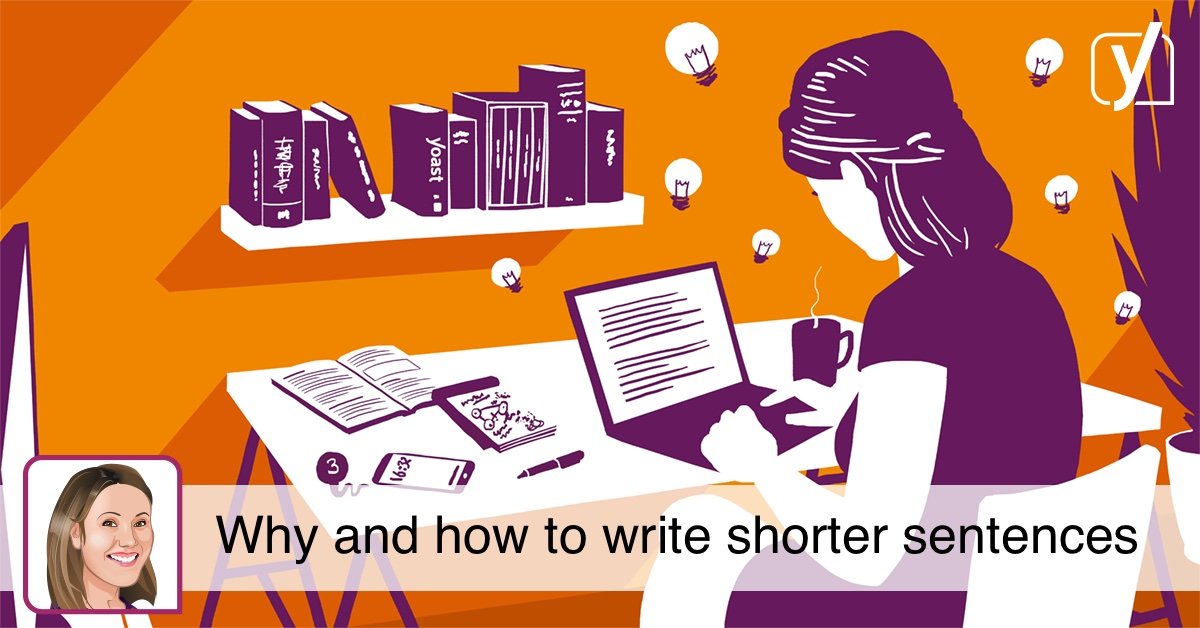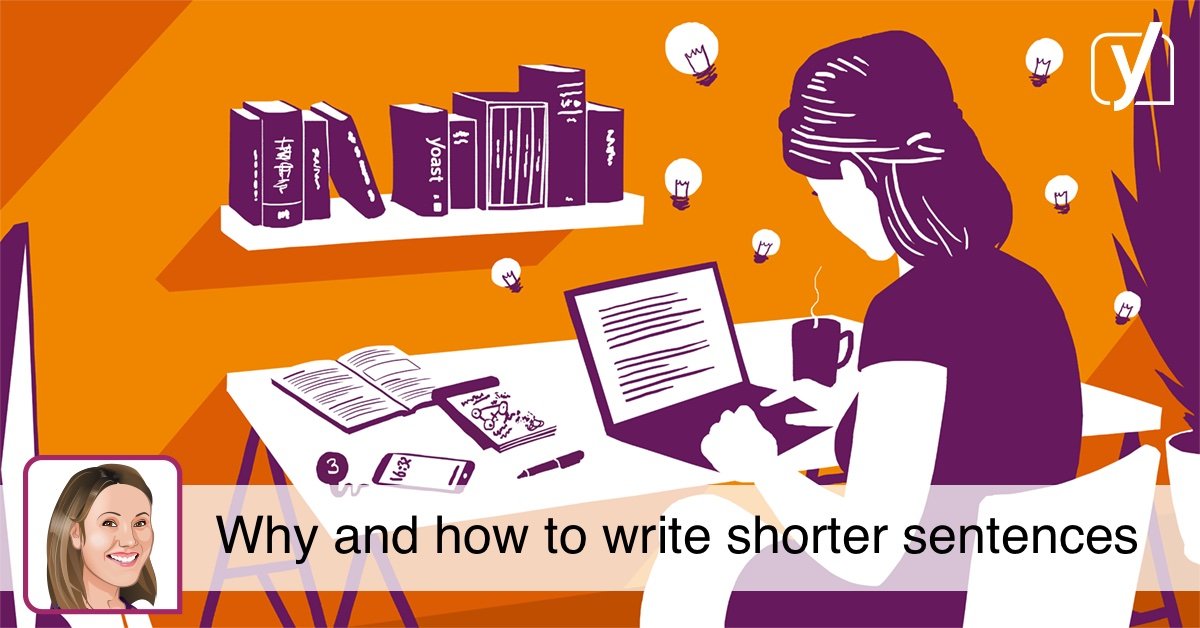
When you write for the web, you must always keep in mind that your readers are busy people. As such, they often do not have time to read long sentences. Therefore, if you want to keep their attention, shorten your sentences. Here are some tips to do so:
Compose a beautiful long sentence
While a bad long sentence drags on a reader, a beautiful one propels the reader forward. While tools like Hemingway encourage people to shave off chunks of text, they do not understand the rhythm of a sentence. This is where beautiful long sentences shine. Here are some tips to compose an elegant long sentence online:
Firstly, you must understand that long sentences tend to be shorter than short ones. Passive sentences don’t have any impact and are rarely as clear as active ones. The same applies to the length of your sentences. While a short sentence can make a strong point or assert a claim, a long one stretches the time and builds tension. This is why the composers often use long sentences – they know the importance of varying phrasing.
Use conjunctions to shorten sentences
To shorten a sentence, use conjunctions. These words form the backbone of a sentence, separating two clauses and showing the relationship between them. When used in conjunction with other words, they make the joining tighter and emphatic. You can also use conjunctions to identify whether one word is singular or plural when joining two different subjects. But it is important to remember that you should use conjunctions sparingly to avoid confusing the reader.
A common use of conjunctions is to start sentences. In most cases, this works well, but there are a few exceptions. It’s fine to start a sentence with a conjunction if you need it for a particular purpose. Make sure to connect the previous sentence to the new one. If the following word isn’t appropriate, consider using another word to complete the sentence. Some writers even intentionally use sentence fragments to add effect to their work.
Conjunctions are small parts of speech that connect clauses and words. They link words together and sometimes describe a relationship between them. When used correctly, they can shorten a sentence by joining two long or short sentences. They help us communicate our ideas more clearly, so it’s a good idea to understand how they work and when to use them. Using the right type of conjunction will make you a better content writer.
The conjunction “but” is used to connect two similar or contrasting ideas. In this case, the statement “fur” and the “leather” are contrasting. If you want to shorten a sentence, use “fur” and avoid using the conjunction “and.”
Mix active and passive sentences to keep reader’s interest
In your writing, use the active voice to connect with your reader. Use active verbs rather than passive ones if you can. Passive verbs can make a sentence seem long-winded and uninteresting. If you must use a passive voice, make sure that the rest of your sentences are active. Passive sentences are clunky and unnecessary.
When writing online, use the active voice. It’s more conversational. When we talk, we begin a sentence with a conjunction (by, it, were, or were). In writing, these are no longer relevant. In fact, most of us begin sentences with a conjunction. This type of verb is correlative and coordinating. You can use either type of construction to shorten a long online sentence.
To keep a reader’s attention, use active and passive sentences. Active sentences are direct and dynamic, while passive ones are ambiguous and boring. Make sure to use active verbs to break up long sentences. Active verbs are easier to understand, and they are more direct and dynamic than passive verbs. A good rule to follow when writing online is to mix active and passive sentences.
In addition to using active verbs, you should also use passive verbs. A good rule to follow is to write in the active voice whenever possible. Passive sentences are a more common choice online because of the increased readability of the sentence. You’ll find that people are more likely to read a longer sentence if it contains a helping verb.
Using semicolons to shorten sentences
Semicolons are the punctuation mark that follows the comma, but with a lower-case letter. Semicolons are commonly used to link short independent clauses, or bring together a series of quotations. Semicolons are most commonly used when you want to make a list, whether of places, people, or descriptive qualities. Using semicolons can help you make your sentences look short and more concise.
Using a semicolon helps to break long sentences into smaller parts. They can also be used in lists, allowing readers to tell where a list begins and ends. This punctuation mark can also be used to connect three separate sentences. For example, a sentence with two independent clauses could be broken into two shorter sentences if one contains two clauses that are related to each other.
Semicolons are an essential part of writing, and they’re an excellent way to shorten a long one. Semicolons are the best punctuation mark for sentences that contain more than one thought. In addition to making your sentences shorter, semicolons are also effective for creating clearer, more concise sentences. Besides, semicolons are easy to memorize and use on any essay or SAT test.
A semicolon is often used to separate independent clauses. In addition to separating independent clauses, they can also be used to connect two independent clauses. Using a semicolon will help you make shorter sentences and save space, especially when writing online. So, start shortening your sentences online! After all, your readers will thank you! There are lots of great places online to find free online courses, so be sure to sign up today!
Using active and passive sentences to create punch
Active and passive sentences are two very effective writing tools. Both of these styles are equally appropriate for online writing, but only one will make your sentences look more concise. If you have a difficult time choosing between active and passive sentences, this chapter can help. After all, it is important to have clear and concise text for online users, and you’ll want to get across your message in the most effective way possible.
Passive voice is used most often when a subject performs an action. When the subject is not performing the action, the sentence is considered passive. The passive voice is often best for academic writing. For example, “A weasel ate a cork from lunch.”
If your sentence is long and uncomplicated, it may be necessary to change it to an active or passive voice. Active voice sentences are shorter than passive sentences, and are more effective when they are paired. Using active and passive sentences can help you create a punchy, readable message. However, they can be unnatural and may cause the listener to feel bombarded. To test this method, you should try a few different lengths of sentences to see which works best for your particular purpose.
Active voice is better for online writing because it establishes a connection between the author and the reader. Passive voice sounds like the author is avoiding responsibility and the reader is unable to see it. Passive sentences are more concise than active ones. The active voice also sounds more direct and concise. When used properly, it can be a powerful tool in online writing. So, what is the difference between active and passive voice?
If you're interested in learning more about how to write great content that will help you get paid as a freelance writer, then check out this great course! Taught by an experienced copywriter, you'll learn everything you need to know about writing for clients, and how to make money through affiliate marketing. Click here to sign up today!
Did you miss our previous article…
https://thewritersden.top/?p=279
